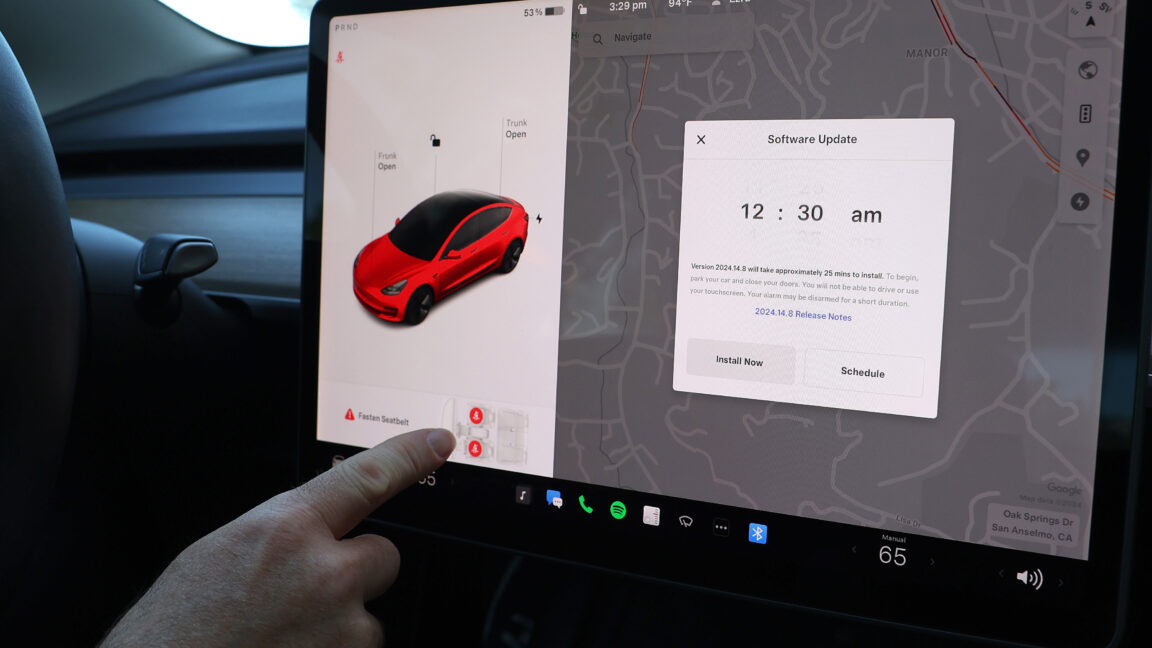
According to the NHTSA Part 573 Safety Recall Report, NHTSA and Tesla discussed the problem for several months, with NHTSA’s main concern that the failure (at a stop) could happen “at an unsafe location” and that the increased steering effort could surprise the driver and therefore a formal recall ought to be performed. Tesla agreed with that in mid-January.
This is now Tesla’s second recall of 2025. At the beginning of the year, it issued a recall for more than 283,000 Models 3, Y, S, and X, which were built with potentially faulty backup camera systems. Since a backup camera system is a legal requirement under the Federal Motor Vehicle Safety Standards, such failures are taken seriously—in October 2024 a different issue saw the recall of more than 27,000 Cybertrucks to fix their cameras.
The first step in Tesla’s remedy for this latest camera problem is another software update—the problematic builds could, in cold weather, short out some power components in the camera system. Tesla said it was also working to identify which cars had not been fixed in time—these will require the physical replacement of the car computer with a new unit.
Software recalls are only getting more common
As Ars noted last year, the nature of automotive safety recalls is changing. As ever more subsystems on modern cars are computer-controlled, automakers are using those computers to solve hardware problems, although not always in a manner that the owners entirely appreciate. The advent of software-defined vehicles will only accelerate this trend. In part that’s because they’re designed to be easily updated over the air, but it’s also because the automotive industry has fallen into the same “minimal viable product” trap as the tech sector, with cars being pushed out the door before everything is fully baked. As trends go, we don’t like it.